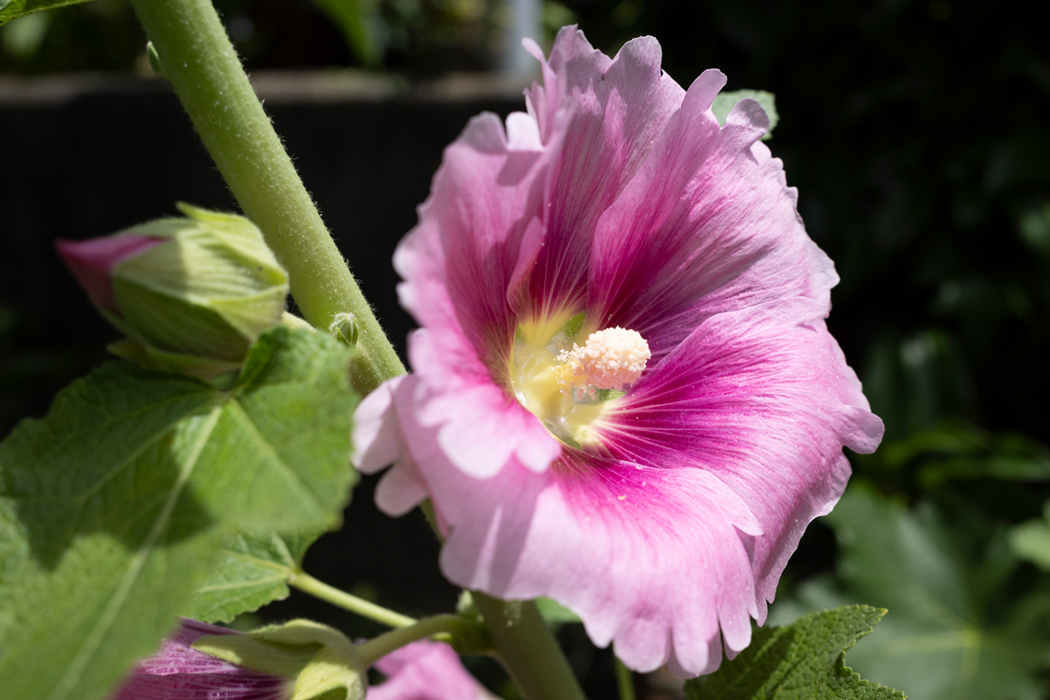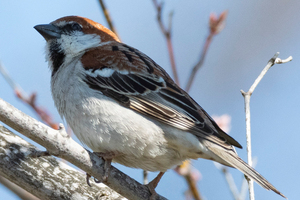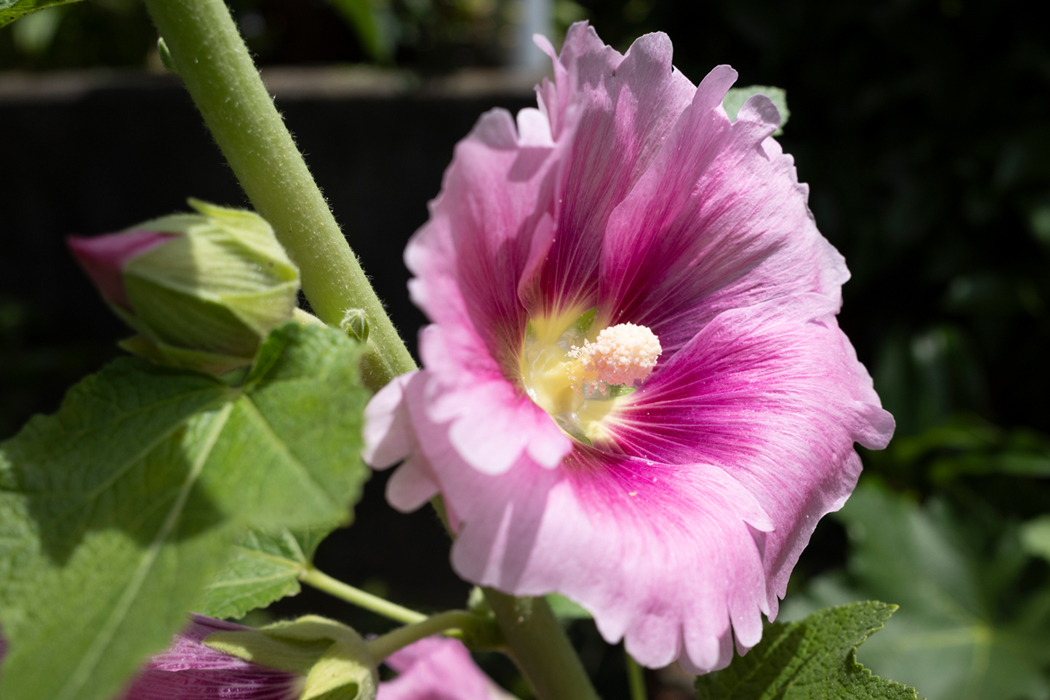
Hollyhock
Blooms during the rainy season.
| Scientific name | Althaea rosea |
| English name | Hollyhock |
| Japanese name | 立葵 |
| Classification | Rosids |
| Classification details | Malvales Malvaceae |
| Full length | 1~3m (height) |
| Distribution | Although it is a garden species, it sometimes grows wild and grows on roadsides. |
Characteristics
A cultivar of the mallow family with large pink and red flowers. The plant grows up to 1m tall and is covered with hairs. One or two buds are attached to the leaf axils, and the flowers bloom upward.
Also known as "Tsuyu Aoi"
It is also called 'Tsuyu Aoi' because the rainy season ends when the flowering season ends.

Ecology
It is thought to have originated in the Mediterranean region, but in Japan it is cultivated as a garden species in flowerbeds, and there are also wild species. The flowering season is from June to August, and it is commonly seen in parks, street corners, and riversides.
Habitat
Sakai River
On sunny days before and after the beginning of the rainy season, I photographed flowers blooming in flowerbeds along the Sakai River. It had many large pink flowers. When I looked inside the flower, there were ants inside.
Onda River
When I was commuting by bicycle during the rainy season, I saw hollyhocks blooming at the intersection near the Onda River. It kept blooming even though it rained.
Pictures
Introducing a picture of Hollyhock.

Picture book

Long-tailed Rosefinch
The red color of the male shines in the river bed......ead more.

Cinnamon Sparrow
Sparrows without black spots on cheeks.......ead more.

Long-toed Stint
Sandpiper as small as a skylark.......ead more.

Common Merganser
Elongated duck with a flesh-colored beak.......ead more.

Slaty-backed gull
Black back and flight feathers.......ead more.




